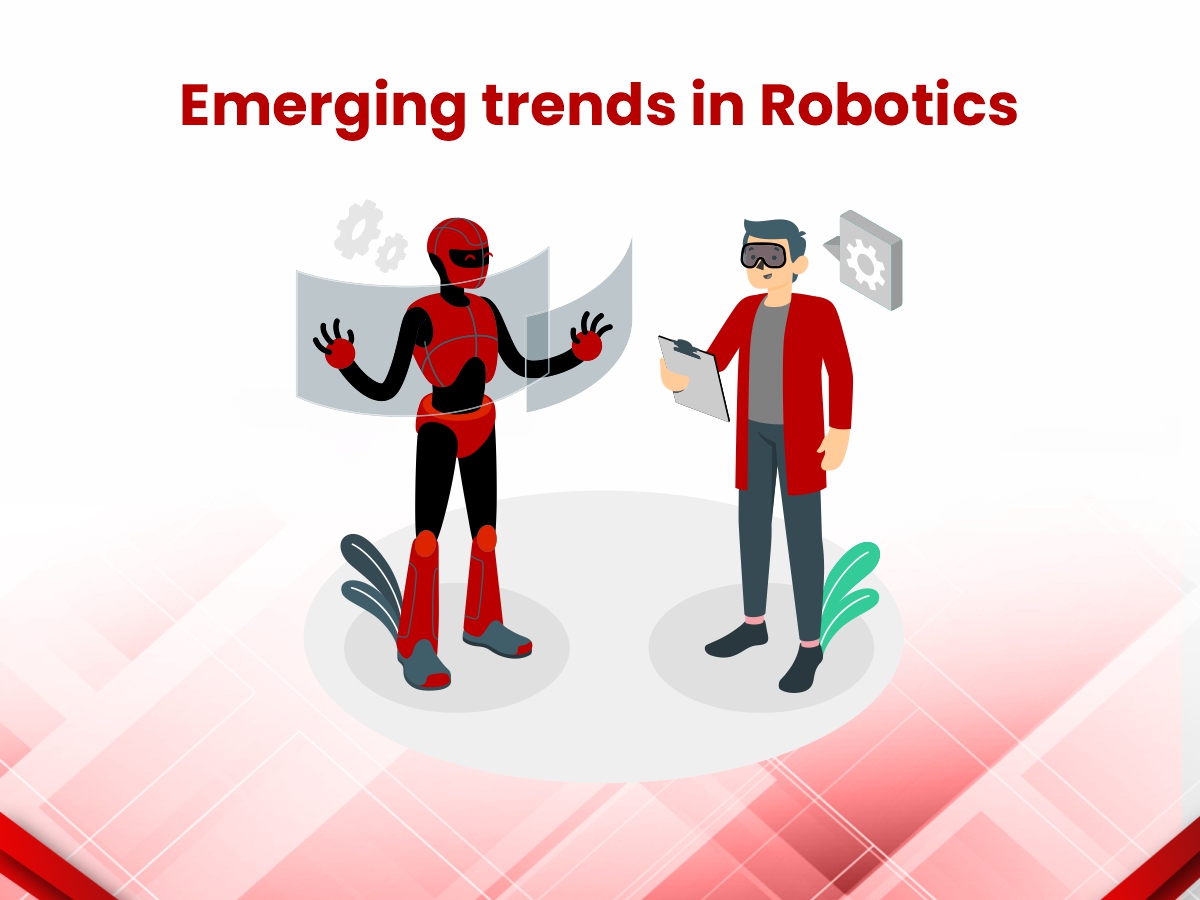
Close


The robotics industry has progressed from extremely expensive devices with limited functionality to modern industrial robots that are adaptable and can be used in a wide range of applications to accomplish incredible feats. Looking into the future is often difficult, but one thing is certain: robots will be a vital part of that future and entering economic sectors that we couldn’t even imagine a few years ago. Here are some of the emerging trends in robotics (industrial robots) that will likely have a significant impact on a wide range of industries and deliver benefits far beyond what was previously thought conceivable.
Robotics, the science that underlies the development of robots, has been used in automobile manufacturers, building sites, schools, hospitals, and private residences for decades. However, more recently, emerging disciplines of research, like as artificial intelligence, machine learning and sensing, have merged with robotics to generate powerful autonomous robots with a wider range of applications.
The USPTO has approved the first patent application related to robotic DSG, filed by an innovative business that uses its DSG (Dynamic Surgical Guidance) sensor technology to secure and simplify the insertion of bone implants.
Humanoid robots are professional service robots that are designed to move and interact like humans. They add value, like all service robots, by automating duties in a way that saves money and increases productivity. Humanoid robots are a type of professional service robot that is still relatively new. Tesla is working on a humanoid robot that will allow you to download your personality. Humanoid robots are being tested in supermarkets, schools, hospitals, and retirement homes around Europe.
Thanks to the controlled workshop environment, recent developments such as 3D printing and off-site building have resulted in quality improvements and cost reductions. Robots, on the other hand, may change the way traditional homes are created, putting crucial practical features in the hands of machines. This might be a significant step forward for the industry, but it will likely take some time for it to gain widespread acceptance. The European Union has approved a patent for an automatic brick layering robot. The robot builds up the external walls by depositing bricks, blocks, and mortar in layers on a track constructed around the foundations of a building.
Fastbrick Robotics has also created the ‘Hadrian X’ brick-laying robot. Because this innovation does not require a track, the designs that can be developed are far more flexible. The robot uses sensors and ‘Dynamic Stabilisation Technology’ to account for variables such as wind, vibration, and other environmental factors, in addition to being able to lay 200 concrete blocks every hour. This allows elements that are typically built off-site to be built on-site, providing for a level of precision that is ordinarily only possible indoors.
Robots will certainly offer innovative solutions to issues in the future, creating intangible outputs that might, in theory, be considered intellectual property. This could raise fascinating considerations about the current IP system’s limits.
Wissen Research assists electrical industry in identifying new growth prospects, understanding the effect of developing technology, and driving innovation through our technology research and market intelligence service. Contact us to learn more about the latest and emerging trends in robotics technology.
Please Subscribe our news letter and get update.
© Copyright 2023 – Wissen Research All Rights Reserved.
Powered by VintageCoders